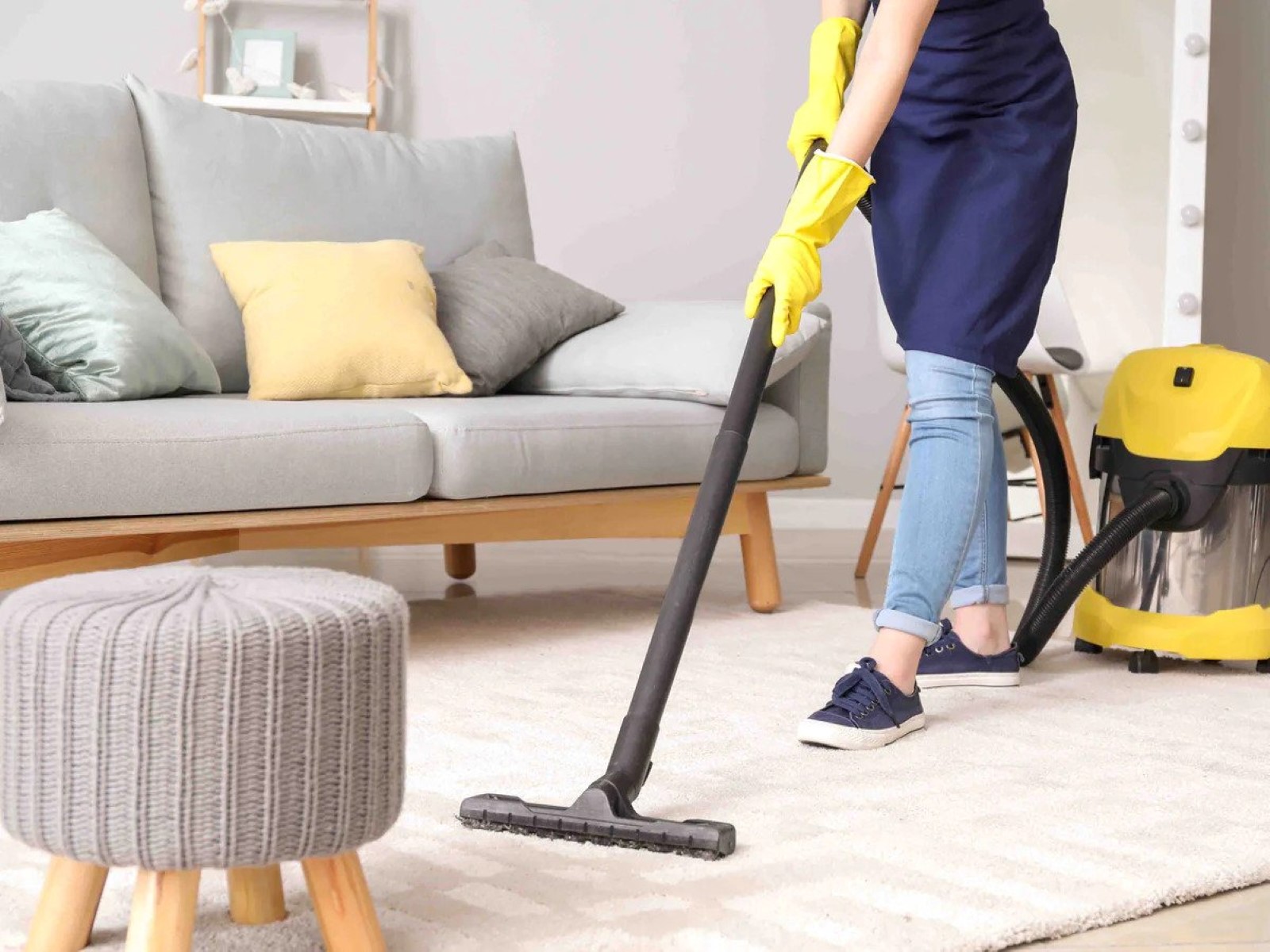

Articles
How Do You Clean Polypropylene Rugs
Modified: August 31, 2024
Learn how to clean polypropylene rugs effectively with our informative articles. Discover the best techniques and products to keep your rugs looking fresh and vibrant.
(Many of the links in this article redirect to a specific reviewed product. Your purchase of these products through affiliate links helps to generate commission for Storables.com, at no extra cost. Learn more)
Introduction
Polypropylene rugs are a popular choice for homeowners due to their durability, affordability, and low maintenance requirements. Made from synthetic fibers, these rugs are resistant to stains, fading, and mildew, making them ideal for high-traffic areas in the home. However, like any other type of rug, polypropylene rugs require regular cleaning to maintain their appearance and longevity.
In this article, we will explore the best methods for cleaning polypropylene rugs, from simple vacuuming and stain removal techniques to deep cleaning methods. Whether you have a small area rug or a large room-sized one, these tips and tricks will help you keep your polypropylene rug clean and looking its best.
Before we dive into the cleaning process, let’s take a closer look at what polypropylene rugs are and why they are a popular choice among homeowners.
Key Takeaways:
- Regular vacuuming and prompt stain removal are crucial for maintaining the appearance and longevity of polypropylene rugs, thanks to their stain resistance and durability in high-traffic areas.
- Deep cleaning techniques such as steam cleaning and shampooing can effectively rejuvenate polypropylene rugs, while proper drying and maintenance ensure their long-term cleanliness and integrity.
Read more: What Are Polypropylene Rugs
Understanding Polypropylene Rugs
Polypropylene rugs, also known as olefin rugs, are made from synthetic fibers that are derived from propylene, a type of thermoplastic polymer. These rugs are popular for their affordability, as they are typically less expensive than natural fiber rugs like wool or cotton.
One of the main advantages of polypropylene rugs is their durability. The synthetic fibers are resistant to wear and tear, making them a great option for high-traffic areas such as living rooms, entryways, and hallways. Additionally, polypropylene rugs are highly resistant to stains, making them a practical choice for households with children or pets.
Another feature that sets polypropylene rugs apart is their resistance to fading. The fibers are treated with UV inhibitors during the manufacturing process, ensuring that the colors remain vibrant even when exposed to sunlight.
However, it is important to note that while polypropylene rugs offer many benefits, they may not have the same luxurious feel as natural fiber rugs. The texture of the synthetic fibers is generally smoother and less plush compared to materials like wool or silk.
Despite this, polypropylene rugs are available in a wide range of styles, colors, and patterns, allowing homeowners to find a rug that suits their taste and complements their interior decor.
Now that we have a better understanding of what polypropylene rugs are and why they are popular, let’s move on to the preparations you need to make before cleaning your rug.
Preparing for Cleaning
Before you begin the cleaning process for your polypropylene rug, there are a few steps you should take to prepare. These steps will help ensure that you achieve the best results and avoid any potential damage to the rug.
- Read the Manufacturer’s Instructions: Start by checking the manufacturer’s instructions or care label that came with the rug. This will provide specific guidelines on how to clean and maintain your particular polypropylene rug.
- Clear the Area: Move any furniture or objects that are sitting on the rug to provide clear access for cleaning. This will allow you to thoroughly clean the entire surface of the rug.
- Test for Colorfastness: Before using any cleaning solution or method on your polypropylene rug, it’s important to test for colorfastness. Choose an inconspicuous area of the rug and apply a small amount of the cleaning solution. Blot with a clean cloth and check for any color transfer or damage. If there are no adverse effects, you can proceed with the cleaning process.
- Gather Cleaning Supplies: Prepare all the necessary cleaning supplies, including a vacuum cleaner, mild detergent or rug cleaner, a soft-bristle brush or sponge, clean white cloths, and a bucket of warm water.
- Prepare the Cleaning Area: Lay down a plastic tarp or old towels around the rug to protect the floor from any excess moisture or cleaning solution that may drip.
By following these preparations, you will be ready to tackle the cleaning process for your polypropylene rug. In the next section, we will discuss the initial step of vacuuming the rug to remove loose dirt and debris.
Vacuuming the Rug
Vacuuming your polypropylene rug regularly is essential for maintaining its cleanliness and preventing the accumulation of dirt and debris. This step is especially important for high-traffic areas that are more susceptible to dirt build-up.
Here’s a step-by-step guide on how to properly vacuum your polypropylene rug:
- Prepare the Vacuum Cleaner: Ensure that your vacuum cleaner is in good working condition and has a clean filter. This will optimize its suction power and efficiency.
- Remove Loose Objects: Before vacuuming, pick up any loose objects such as toys, paperclips, or pet hair that may be on the rug’s surface. This will prevent any potential damage to the vacuum cleaner’s brush or motor.
- Adjust the Height Setting: Most vacuum cleaners have adjustable height settings to accommodate different types of flooring. Set the height setting to the appropriate level for your polypropylene rug. Generally, a higher setting is recommended to prevent excessive friction and potential damage to the rug fibers.
- Vacuum in Different Directions: When vacuuming, it’s important to vacuum in different directions to ensure that you capture dirt and debris from all angles. Start by vacuuming in a vertical pattern, then switch to a horizontal pattern. This will help loosen and remove any embedded dirt.
- Pay Attention to Edges and Corners: Use the vacuum cleaner’s attachments, such as the crevice tool, to clean hard-to-reach areas along the edges and corners of the rug. These areas tend to accumulate more dirt and dust.
- Repeat the Process: Depending on the foot traffic and level of dirt, you may need to repeat the vacuuming process multiple times to ensure a thorough clean.
Regular vacuuming should be done at least once a week. However, if your polypropylene rug is located in a high-traffic area or is prone to spills and dirt, it’s recommended to vacuum more frequently.
Now that we have covered the basics of vacuuming a polypropylene rug, let’s move on to the next step – removing stains from your rug.
When cleaning polypropylene rugs, start by vacuuming to remove loose dirt. Then, spot clean with a mixture of mild detergent and water, and blot with a clean cloth. Avoid using harsh chemicals or high heat to prevent damage to the rug fibers.
Removing Stains from Polypropylene Rugs
Accidents happen, and stains on your polypropylene rug can be an eyesore. The good news is that polypropylene rugs are known for their stain resistance, making them easier to clean than other types of rugs. Here are some tips and techniques to help you effectively remove stains from your polypropylene rug:
1. Act Quickly: The key to successfully removing stains from any rug is to address them as soon as possible. The longer a stain sits, the harder it will be to remove. So, tackle the stain as soon as you notice it.
2. Blot, Don’t Rub: When dealing with a fresh stain, start by blotting the area with a clean white cloth or paper towel. Blot gently from the outer edges toward the center to prevent the stain from spreading. Avoid rubbing the stain, as this can push it deeper into the rug fibers and make it more difficult to remove.
3. Use the Right Cleaning Solution: For most stains on polypropylene rugs, a mixture of mild detergent or rug cleaner and warm water will suffice. Test the solution on an inconspicuous area of the rug first to ensure that it doesn’t cause any discoloration or damage. Once confirmed, apply the solution to the stained area using a clean cloth or sponge and gently blot.
4. Rinse with Water: After applying the cleaning solution, rinse the area with clean water to remove any residue. Blot the area with a clean cloth to absorb excess moisture.
5. Treat Stubborn Stains: For more stubborn stains, such as red wine or coffee, you may need to use a specialized rug cleaner or stain remover. Follow the instructions provided on the product and proceed with caution to avoid damaging the rug.
6. Dry Thoroughly: After removing the stain, it’s important to ensure that the rug is completely dry. Excess moisture can lead to mold or mildew growth. Place a clean towel on the damp area and apply gentle pressure to absorb the moisture. You can also use fans or open windows to expedite the drying process.
Remember, prevention is always better than cure. To minimize the risk of stains on your polypropylene rug, consider implementing some preventive measures like using doormats, enforcing a no-shoes policy, and promptly cleaning up any spills or accidents.
With these stain removal strategies, you can effectively tackle most common stains on your polypropylene rug. However, for more extensive cleaning, it may be necessary to perform a deep cleaning. This will be discussed in the next section.
Read more: How Do You Clean Moroccan Rugs
Deep Cleaning Techniques for Polypropylene Rugs
While regular vacuuming and spot cleaning are usually sufficient for maintaining the cleanliness of your polypropylene rug, a deep cleaning every once in a while can help revive its appearance and remove embedded dirt. Here are some effective deep cleaning techniques for polypropylene rugs:
1. Steam Cleaning: One of the most effective ways to deep clean a polypropylene rug is by using a steam cleaner. This method uses hot water vapor to extract dirt and grime from the rug fibers. Follow the instructions provided by the steam cleaner manufacturer and ensure that you choose an appropriate cleaning solution specifically formulated for polypropylene rugs.
2. Shampooing: Shampooing is another option for deep cleaning your polypropylene rug. Use a mild rug shampoo or a mixture of mild detergent and warm water. Apply the shampoo solution to the rug using a sponge or soft-bristle brush, then gently scrub the rug in circular motions. Rinse thoroughly with clean water and blot the excess moisture with a clean towel.
3. Professional Cleaning: If your polypropylene rug is heavily soiled or you prefer to leave the deep cleaning to the professionals, consider hiring a professional rug cleaning service. They have the expertise, equipment, and specialized cleaning solutions to thoroughly clean and rejuvenate your rug.
4. Outdoor Cleaning: For smaller polypropylene rugs that are resistant to water, you can take them outdoors for a deep clean. Lay the rug on a clean surface, such as a driveway or patio, and use a garden hose to rinse off the dirt and grime. Apply a mild detergent or rug cleaner to the surface, scrub gently with a soft-bristle brush, and rinse thoroughly. Allow the rug to air dry completely before bringing it back inside.
Remember to always refer to the manufacturer’s instructions and test any cleaning method or solution on a small, inconspicuous area of the rug before proceeding with the entire cleaning process.
Now that you have learned various deep cleaning techniques, let’s move on to the next crucial step – drying and maintaining your polypropylene rug.
Drying and Maintaining Polypropylene Rugs
Proper drying and maintenance are essential to ensure that your polypropylene rug remains clean, fresh, and in good condition. Here are some tips to follow for drying and maintaining your rug:
1. Air Drying: After cleaning your polypropylene rug, it’s important to allow it to air dry completely before placing it back on the floor. Hang the rug over a clothesline or lay it flat on a clean, dry surface. Avoid exposing the rug to direct sunlight, as this can cause fading. Ensure that both sides of the rug are thoroughly dry to prevent the growth of mold or mildew.
2. Prevent Sun Exposure: While polypropylene rugs are resistant to fading, prolonged exposure to direct sunlight can result in some color changes over time. To minimize this risk, consider using curtains or blinds to protect the rug from excessive sunlight or rotate the rug periodically to ensure even exposure.
3. Regular Vacuuming: To maintain the cleanliness of your polypropylene rug and prevent the accumulation of dirt and dust, continue with regular vacuuming. Set aside some time each week to vacuum the rug, paying attention to high-traffic areas and any visible debris. This will help prolong the life of your rug and keep it looking fresh.
4. Spot Cleaning: Address stains and spills promptly to prevent them from setting into the rug fibers. Use the appropriate cleaning solution for your polypropylene rug and follow the spot cleaning steps mentioned earlier. Blot the affected area gently and avoid rubbing to prevent further spreading of the stain.
5. Protect from Heavy Furniture: To prevent indentations and damage, use furniture pads or coasters under heavy furniture placed on your polypropylene rug. This will distribute the weight more evenly and minimize the risk of permanent marks on the rug surface.
6. Professional Cleaning: Consider getting your polypropylene rug professionally cleaned every 1-2 years, especially if it experiences heavy foot traffic or has accumulated deep-seated dirt. Professional rug cleaners have the expertise and equipment to effectively deep clean your rug without causing any damage.
By following these drying and maintenance tips, you can ensure the longevity of your polypropylene rug and keep it looking its best for years to come.
With that, we have covered the important steps for cleaning and maintaining polypropylene rugs. By implementing these techniques regularly, you can enjoy the beauty and functionality of your rug while keeping it in optimal condition.
Remember to always refer to the manufacturer’s instructions and recommendations for more specific care guidelines for your particular polypropylene rug. Happy cleaning!
Conclusion
Cleaning and maintaining polypropylene rugs is essential to preserve their appearance, durability, and longevity. With their stain resistance and fade-resistant properties, polypropylene rugs are a practical and cost-effective choice for many homeowners. By following the cleaning techniques outlined in this article, you can keep your polypropylene rugs looking fresh and vibrant.
Remember to start by preparing for the cleaning process, checking the manufacturer’s instructions, and gathering the necessary supplies. Regular vacuuming is crucial to remove loose dirt and debris. Swiftly addressing stains and spills is key to preventing them from setting into the rug fibers. Deep cleaning techniques such as steam cleaning or shampooing can be employed periodically to rejuvenate the rug’s appearance.
Throughout the cleaning process, it is important to act with caution and use appropriate cleaning solutions. Test any cleaning method or solution on a small, inconspicuous area of the rug first to ensure compatibility and avoid potential damage.
In addition to cleaning, proper drying and maintenance play a significant role in preserving the condition of polypropylene rugs. Air drying the rug thoroughly after cleaning and protecting it from direct sunlight can prevent fading and mold growth. Regular vacuuming, spot cleaning, and protecting the rug from heavy furniture will help maintain its cleanliness and integrity.
Consider seeking professional cleaning services for heavily soiled rugs or for deep cleaning on a periodic basis. These professionals have the expertise and resources to thoroughly clean your polypropylene rugs without causing damage.
By following these guidelines for cleaning and maintaining polypropylene rugs, you can enjoy the beauty and functionality of your rugs for many years to come. Remember to always refer to the manufacturer’s instructions and recommendations for specific care instructions tailored to your rug.
Now that you are equipped with the knowledge and techniques, go ahead and give your polypropylene rugs the care and attention they deserve!
Frequently Asked Questions about How Do You Clean Polypropylene Rugs
Was this page helpful?
At Storables.com, we guarantee accurate and reliable information. Our content, validated by Expert Board Contributors, is crafted following stringent Editorial Policies. We're committed to providing you with well-researched, expert-backed insights for all your informational needs.
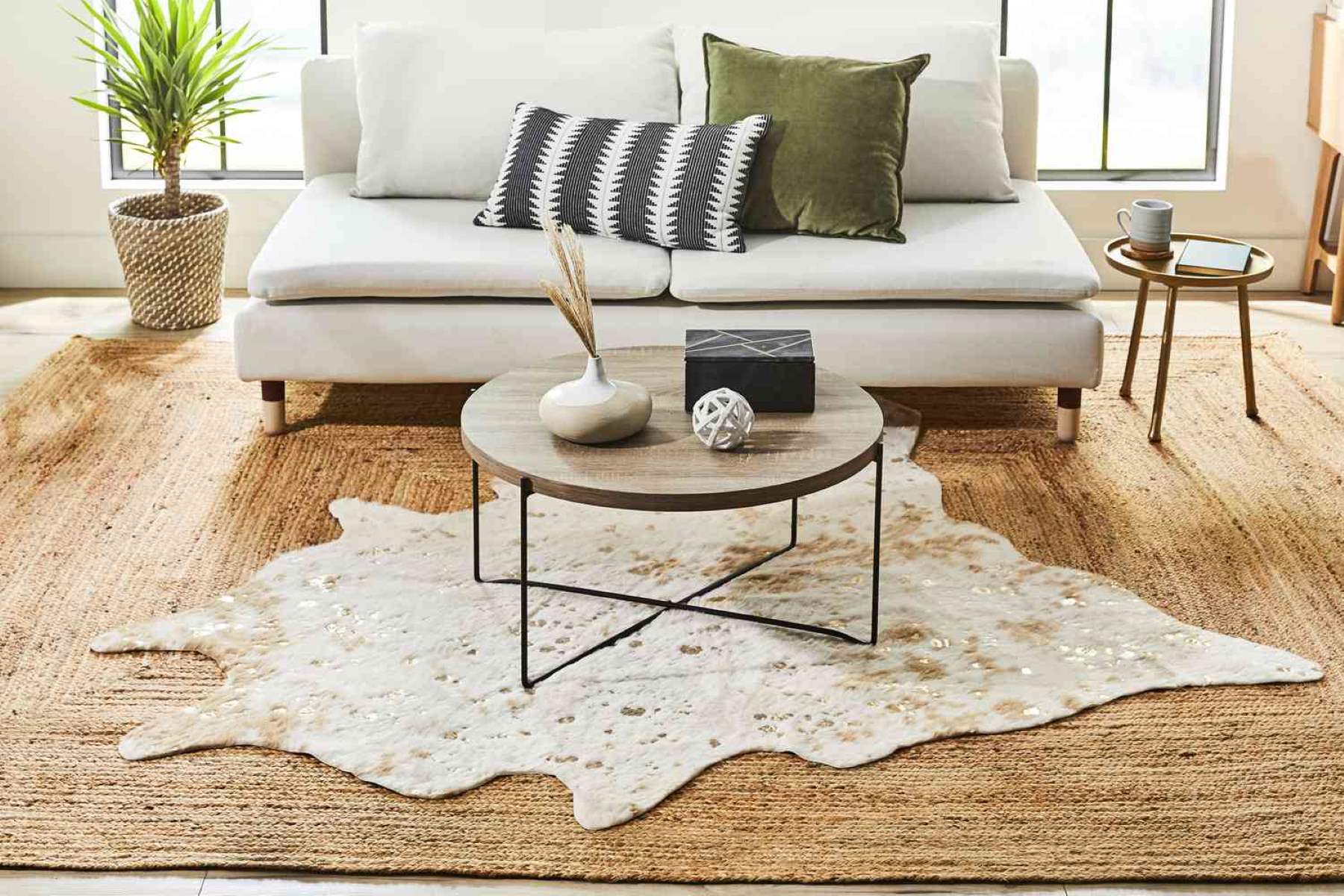
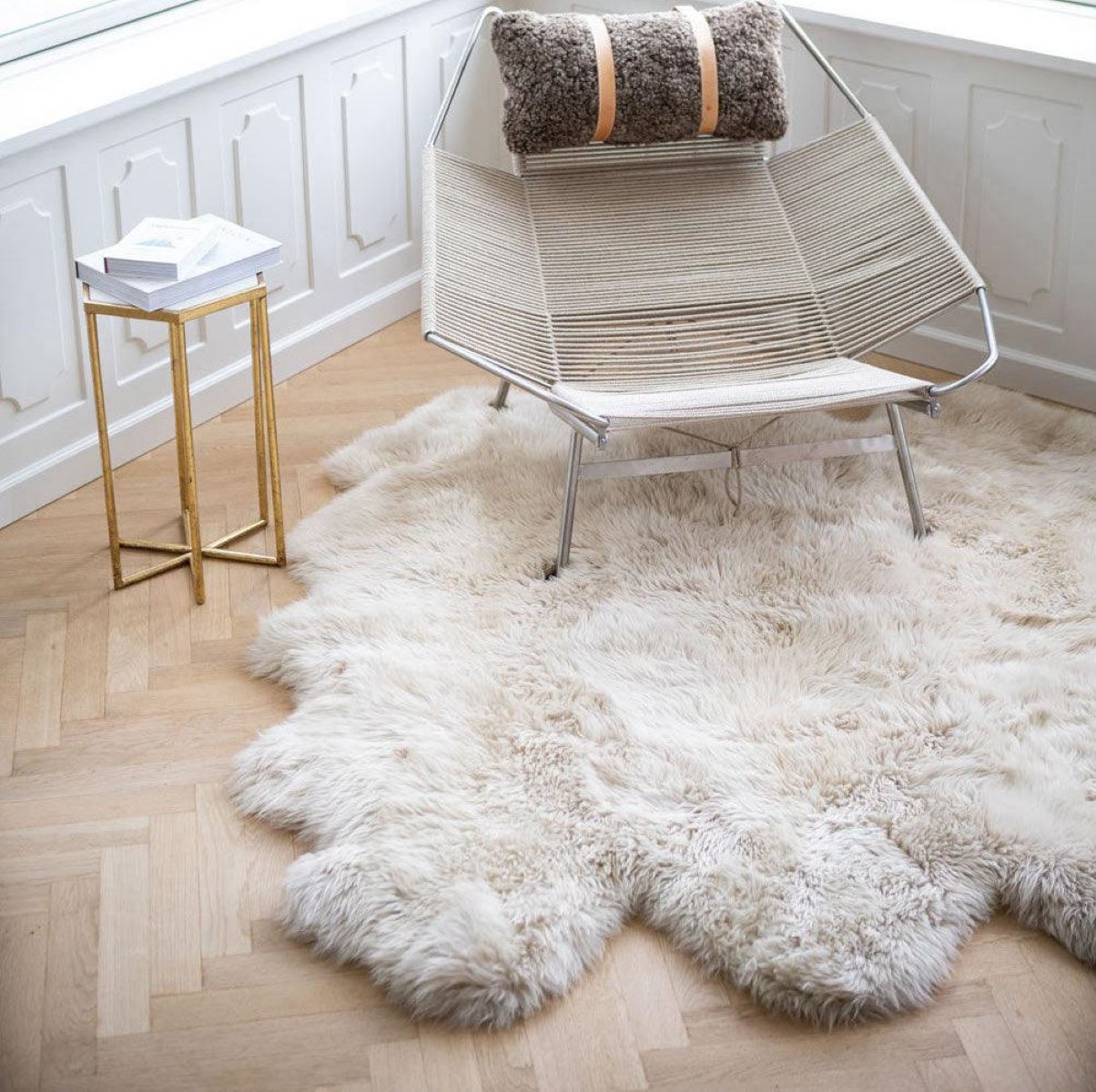
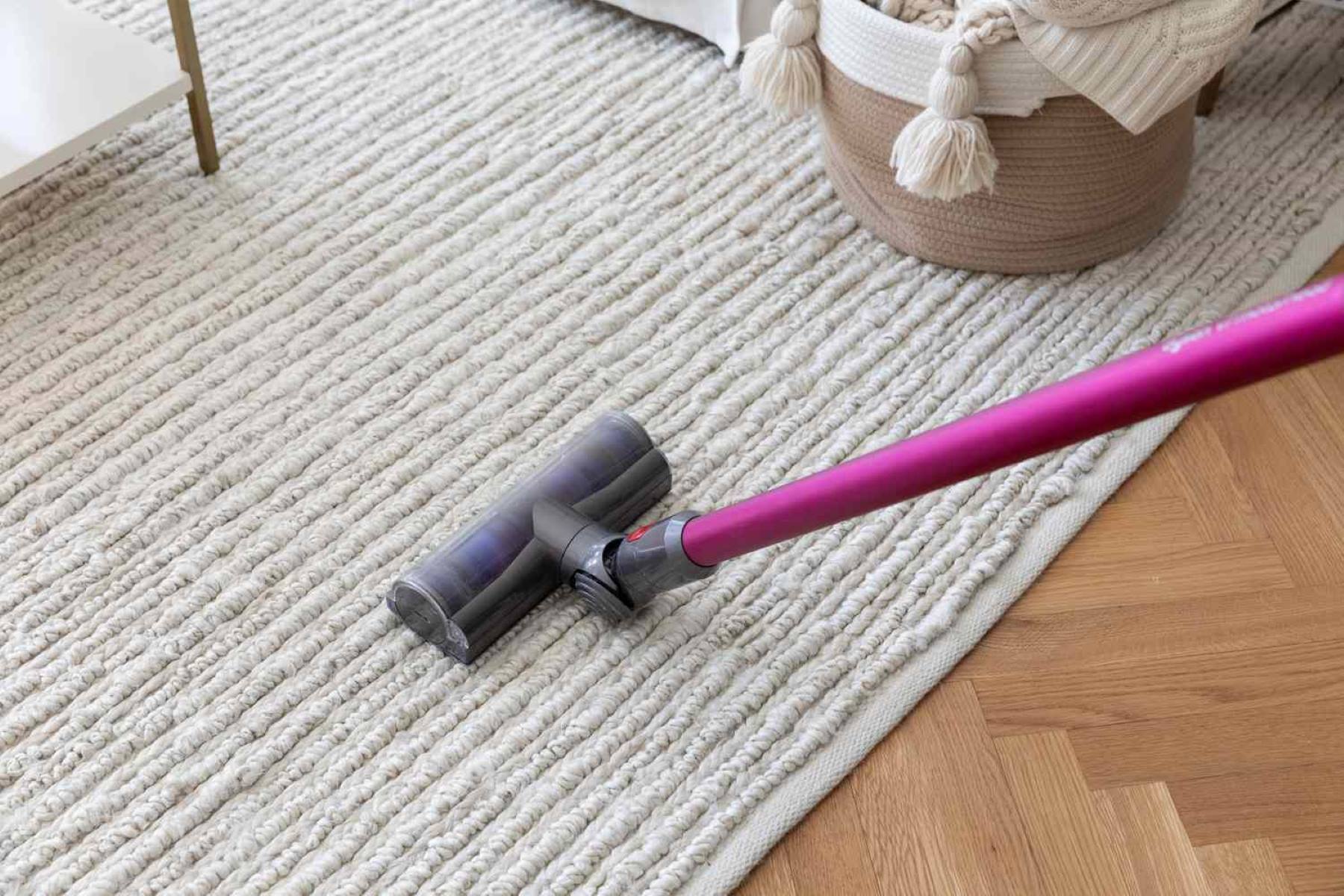
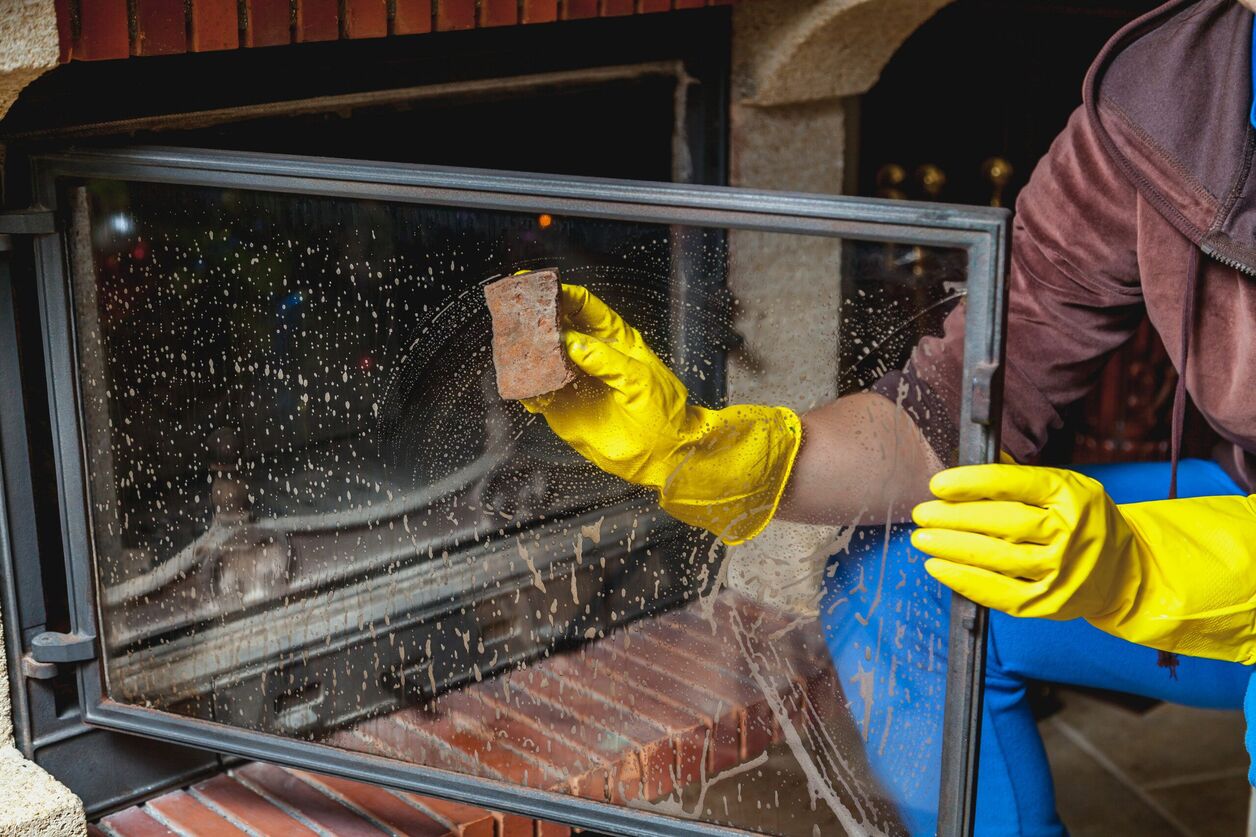
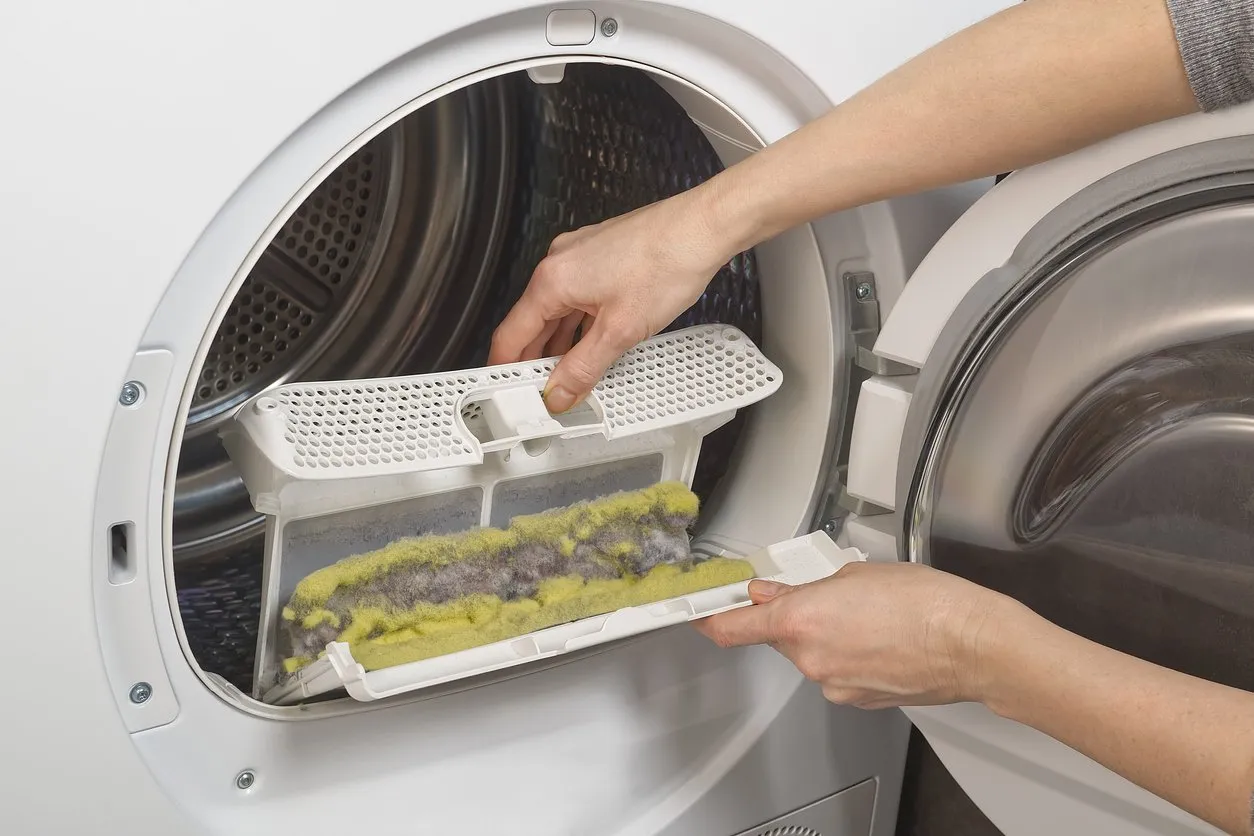
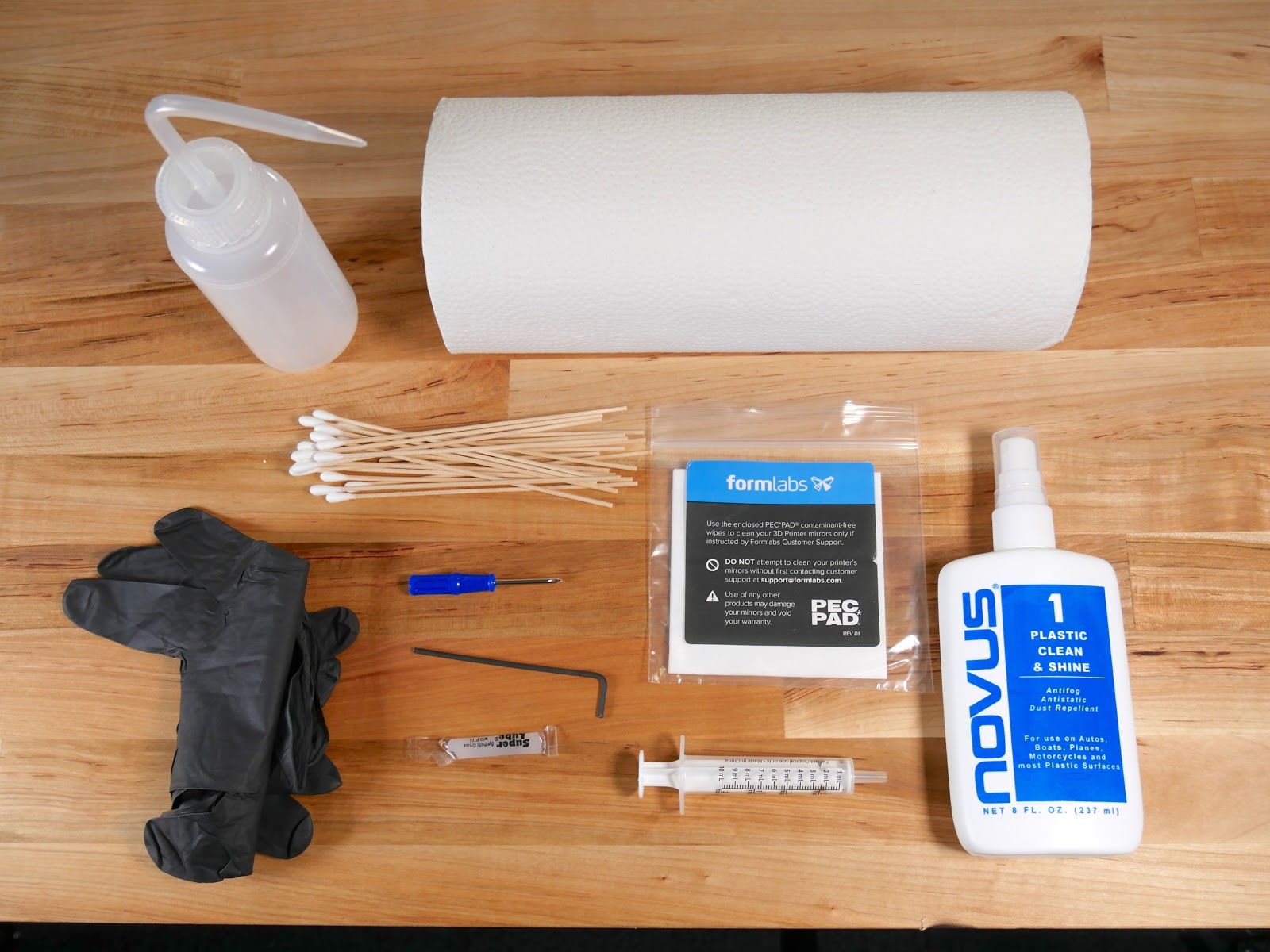
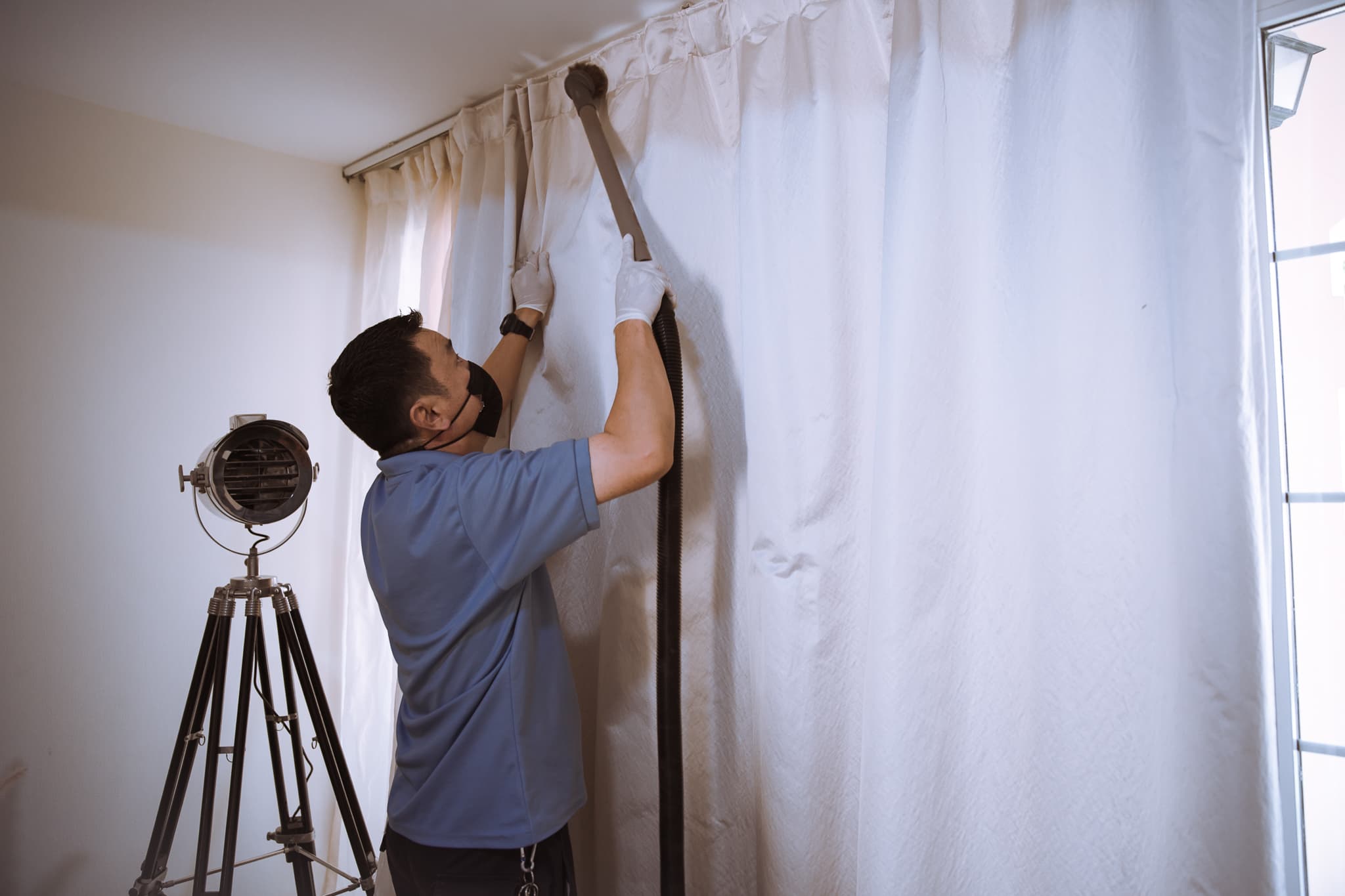
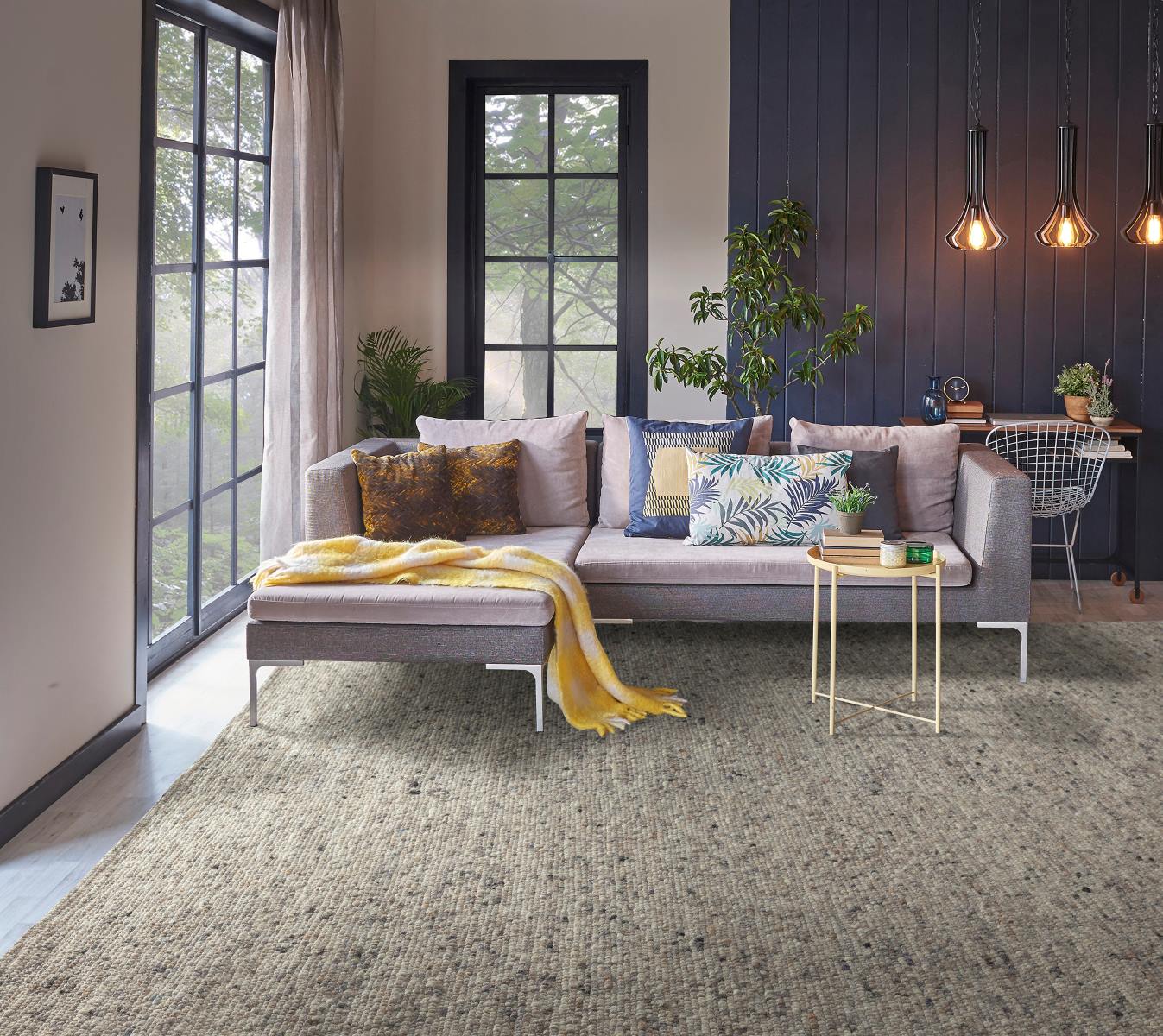
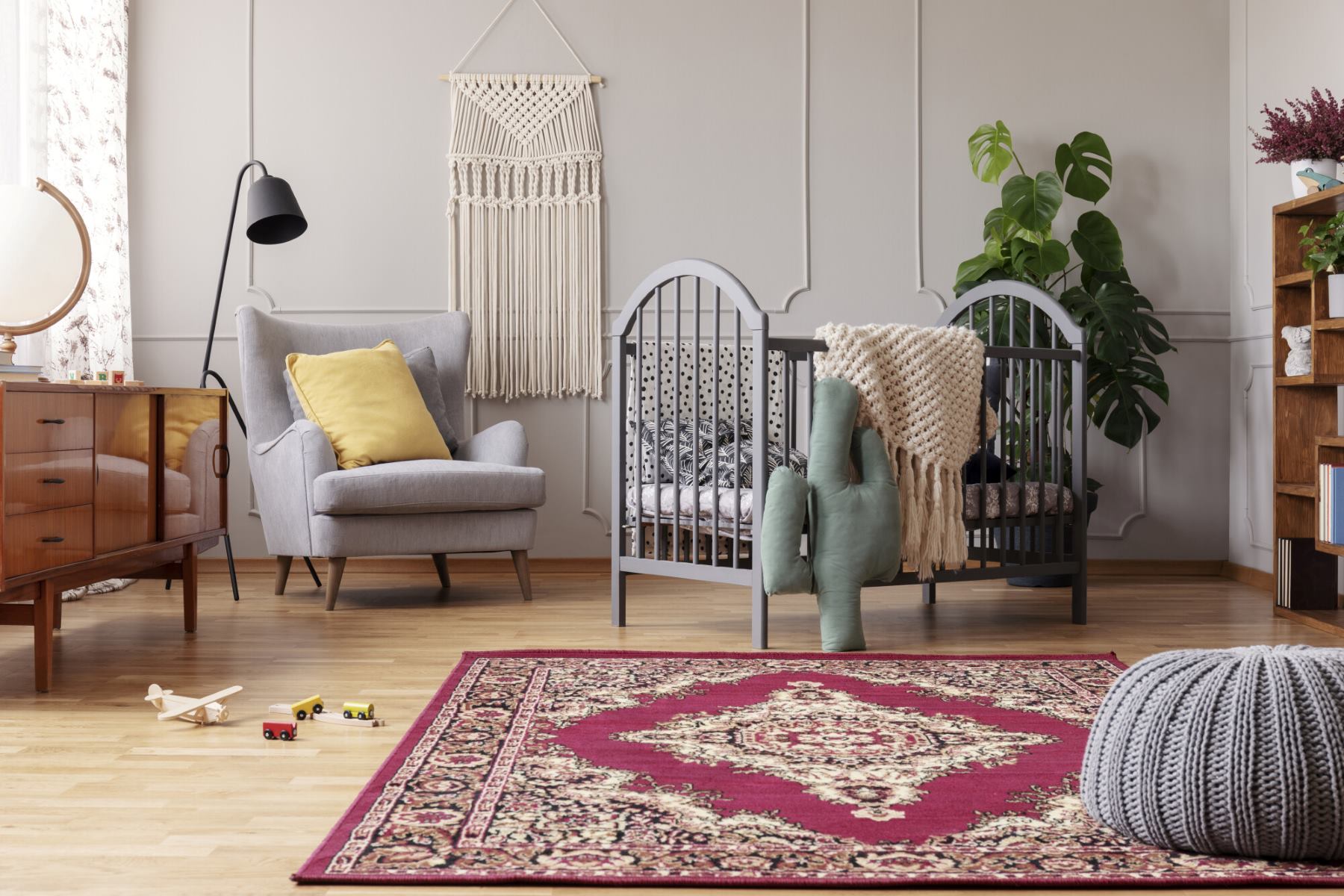
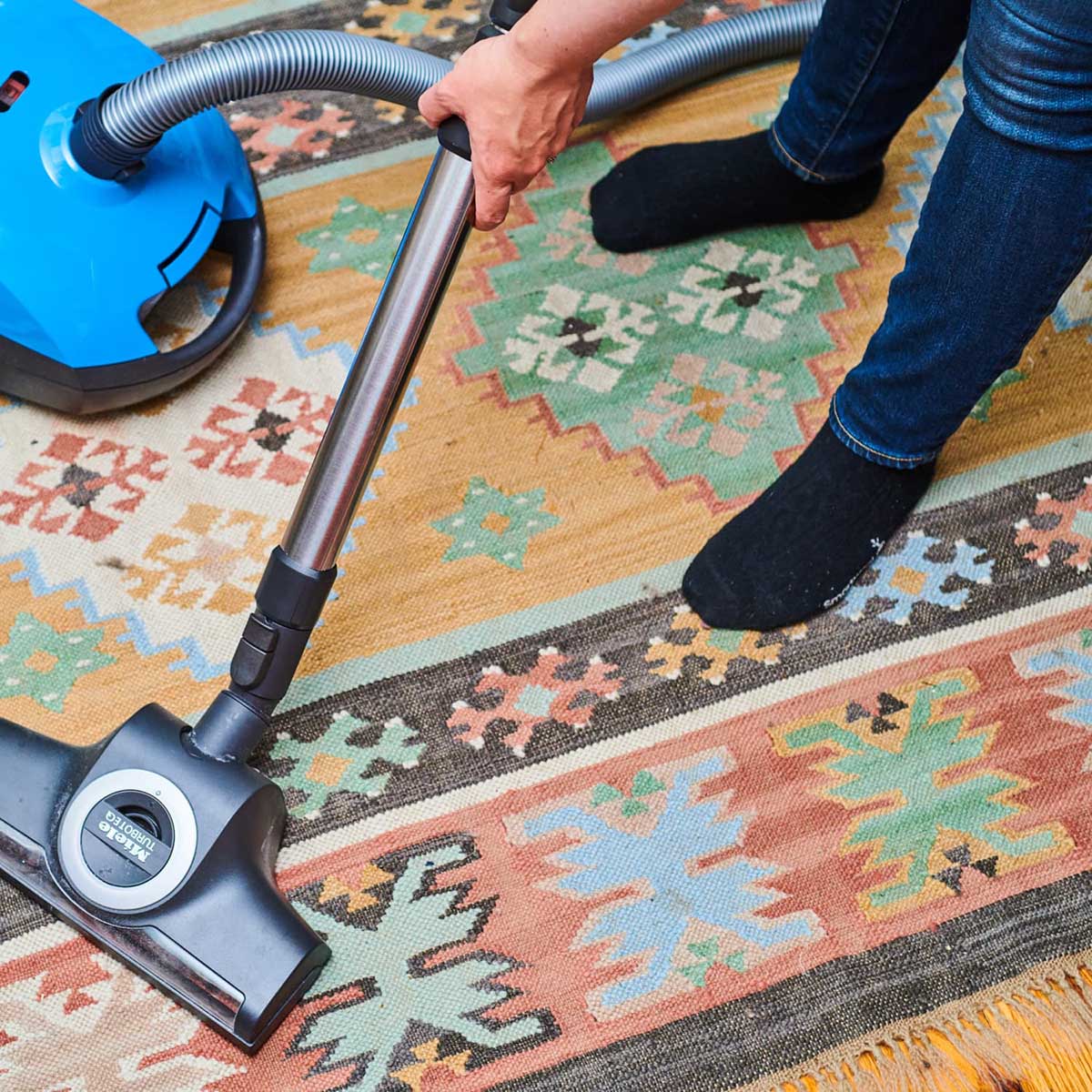
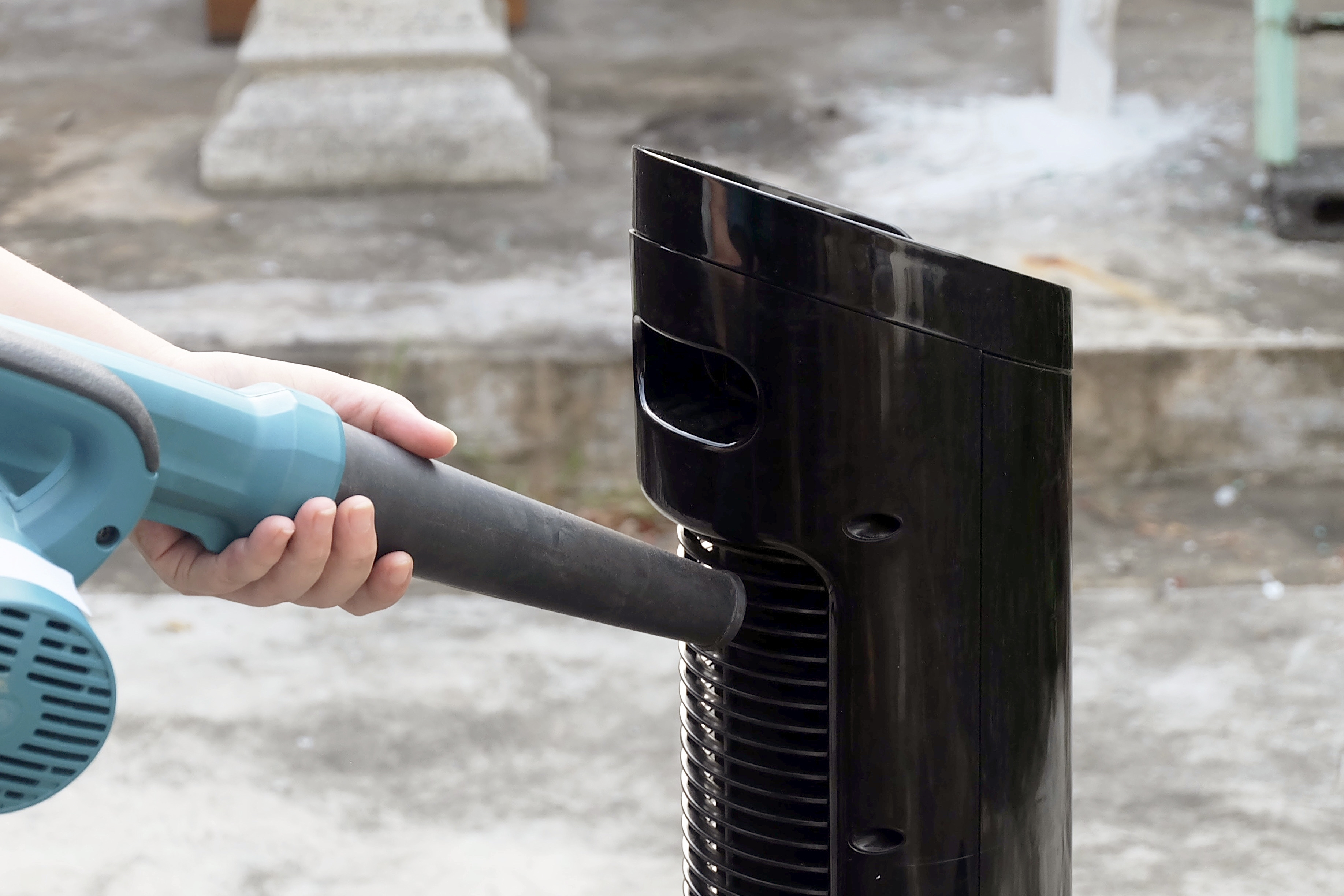
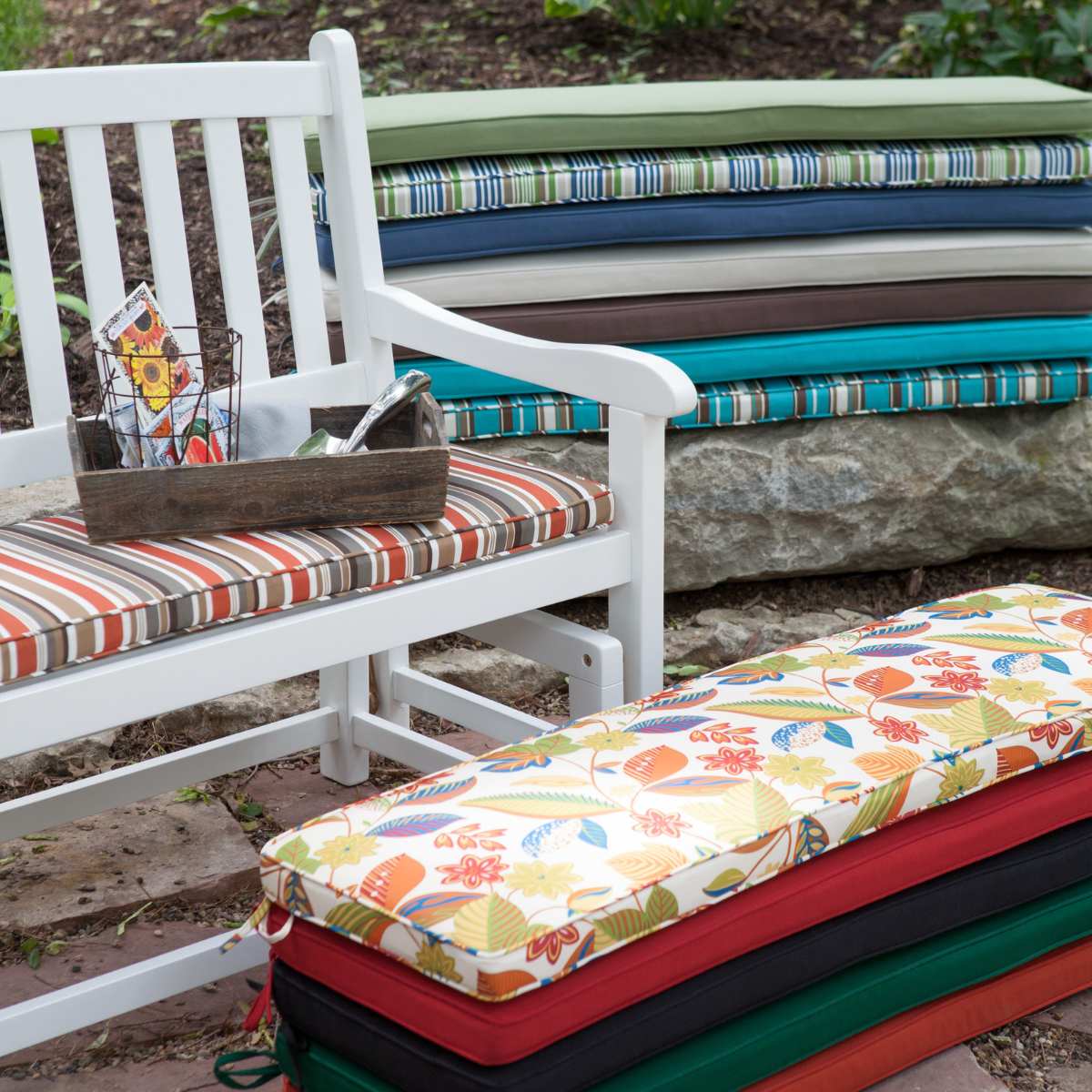
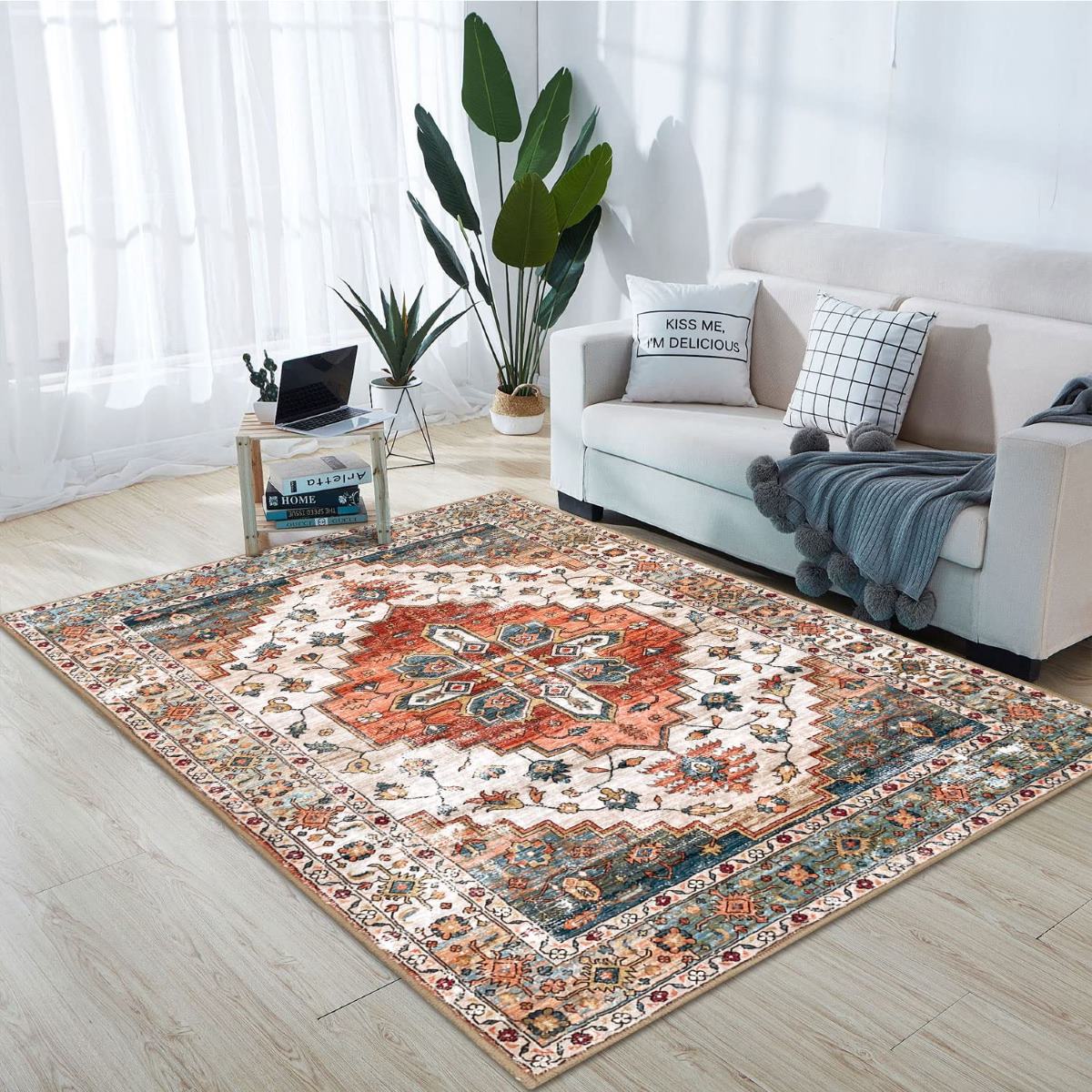


0 thoughts on “How Do You Clean Polypropylene Rugs”